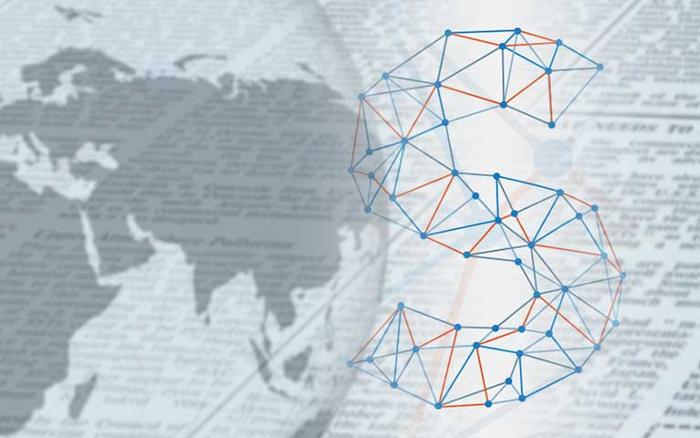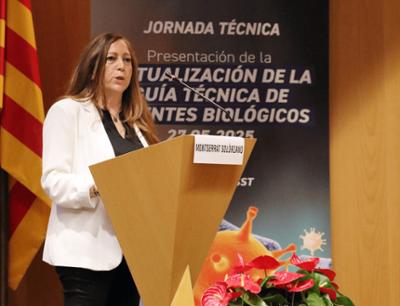

New Preventive Measures Against Infections in Work Environments
The risk of contact with biological agents (viruses, bacteria, and fungi) exists in nearly all activities and is associated with a wide range of health effects. Each year, there are 320,000 deaths worldwide due to work-related infectious diseases, 5,000 of them in the European Union. In this context, the National Institute for Safety and Health at Work (INSST) has launched a new technical guide that improves the identification and assessment of biological risk in workplaces and provides tools for its prevention.
The INSST, a scientific-technical body under the Ministry of Labour and Social Economy specialising in occupational risk prevention, recently presented the Technical Guide for the Evaluation and Prevention of Risks Related to Exposure to Biological Agents at Work, during a conference attended by INSST professionals from its various national centres. The event was opened by Monserrat Solórzano Fàbrega, director of the National Centre for Working Conditions (CNCT) of the INSST, who emphasised that “biological risk is poorly understood, and its assessment is challenging due to the diversity of agents, their invisibility, and their capacity to multiply rapidly.” “The COVID-19 pandemic has changed society’s mindset and increased awareness about the need for greater emergency preparedness and risk forecasting on a global scale,” she added. Meanwhile, Núria Jiménez Simón, director of the Department of Material and Environmental Conditions of the CNCT at INSST, noted that “it is likely that in the future, workplaces will face an increasingly broad range of biological risks related to green jobs (such as waste management and composting), climate change, changes in travel patterns (which influence disease spread), and antibiotic resistance.” Risk Identification and Evaluation The new edition of the INSST's Technical Guide provides criteria and recommendations to facilitate the implementation of Royal Decree 664/1997, the key regulation for protection against biological risks. Among its main updates is an enhanced approach to identifying and evaluating risks from exposure to biological agents, even when exposure is not obvious. It also expands preventive measures to reduce risks, updating appendices on environmental monitoring, personal protective equipment (PPE), decontamination, laboratory biosafety, vaccination and more. Notably, the guide makes a clear distinction between deliberate and unintentional exposure to biological risks, allowing for better-targeted measures based on real work conditions. Exposure to biological agents may result from intentional work with specific micro-organisms, as is common in diagnostic and research laboratories and in the pharmaceutical and biotech industries, but it can also occur unintentionally. This latter type of exposure is typical in industries such as food production, agriculture and livestock, waste treatment and urban cleaning, construction, healthcare and others. Infections and Toxic Effects In general, the risk of contact with biological agents is present in nearly all work activities, and it is associated with a wide range of health effects, such as infectious diseases, and toxic or allergic effects, mainly manifesting as respiratory conditions. Each year, around 320,000 workers die worldwide due to infectious diseases related to their work, including 5,000 deaths within the European Union. The INSST's technical guides offer technical criteria to facilitate the application of occupational risk prevention regulations. With the publication of this updated guide and the organisation of this technical seminar, the INSST reaffirms its commitment to the continuous improvement of working conditions, promoting technical knowledge as a foundation for creating safe and healthy workplaces.





